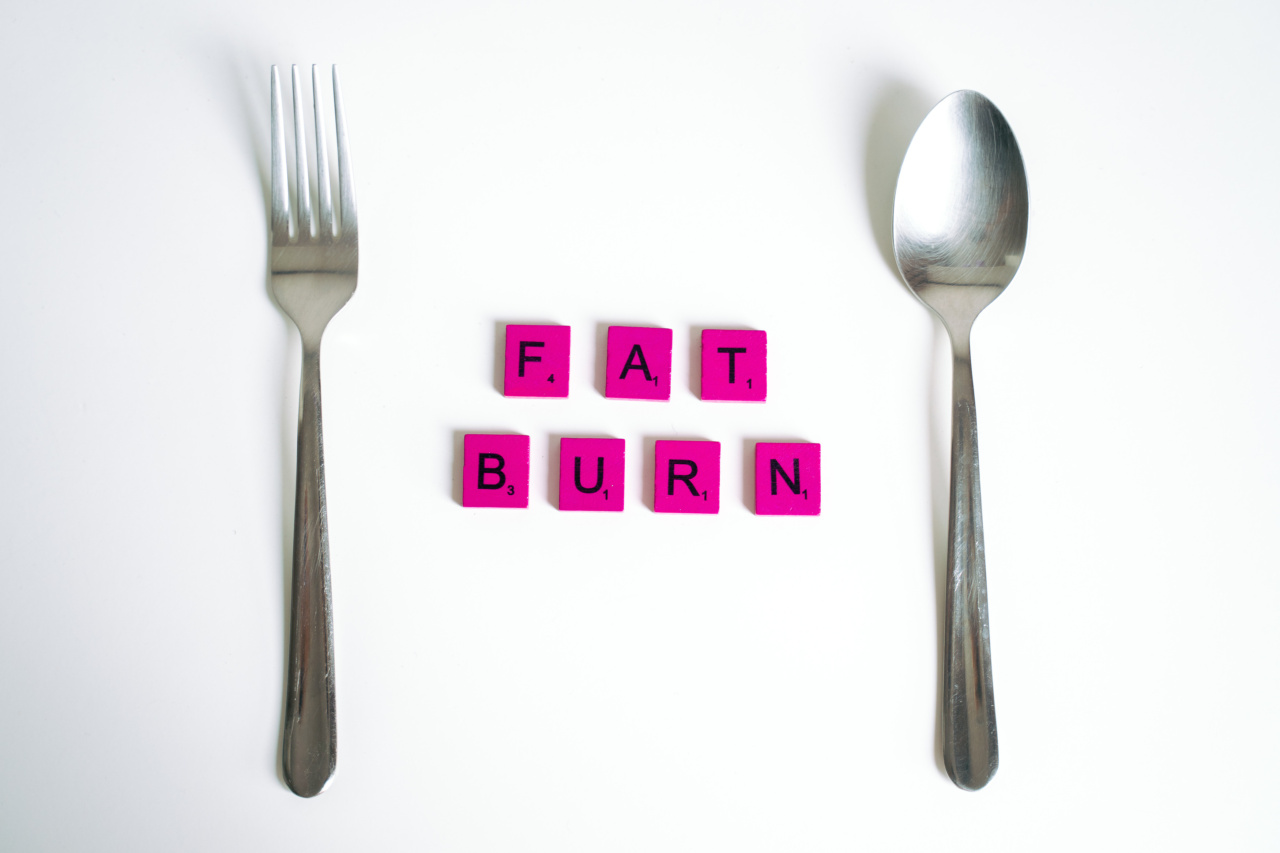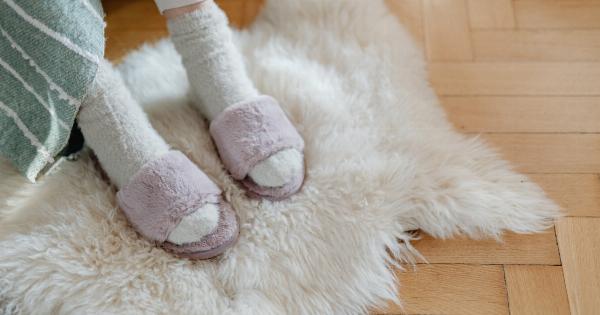Having excess fat on our bodies is a common concern for many individuals. While most people focus on burning fat from their abdominal region or thighs, it’s equally important to address fat in other areas, such as the feet.
Foot fat can be not only unsightly, but it can also cause discomfort and affect mobility. In this article, we will explore effective foot fat burning techniques that can help you achieve leaner and healthier feet.
1. Regular Exercise
Engaging in regular physical exercise is crucial in burning fat from all parts of the body, including the feet. Incorporate aerobic exercises, such as walking, jogging, or cycling, into your routine to increase overall fat burning.
Frequent physical activity not only helps in shedding unwanted fat but also improves blood circulation in your feet.
2. Strength Training
Implementing strength training exercises into your fitness plan helps build lean muscle mass, which plays a vital role in burning fat. Focus on exercises that target your lower body, including your calves and feet.
Leg presses, calf raises, and heel lifts are effective in toning and shaping your feet while burning excess fat.
3. Stretching Exercises
Incorporating stretching exercises into your routine is essential in maintaining flexibility and preventing injuries. Additionally, some stretching exercises can aid in reducing foot fat.
Stretch your feet by sitting with your legs extended and flexing and pointing your toes. Repeat this exercise for a few minutes each day to help tone your foot muscles.
4. Healthy Eating Habits
Your diet plays a significant role in overall fat burning. Consume a well-balanced diet rich in fruits, vegetables, lean proteins, and whole grains. Avoid processed foods, sugary snacks, and excessive salt intake, as they can contribute to weight gain.
Opt for foods with anti-inflammatory properties, such as fatty fish, nuts, and seeds, which aid in reducing foot fat.
5. Hydration
Staying hydrated is crucial for overall health and can also aid in burning fat. Drinking an adequate amount of water helps boost your metabolism, which in turn increases the rate at which your body burns fat.
Aim to drink at least 8-10 glasses of water per day to keep your feet and body hydrated while supporting fat-burning processes.
6. Warm-up and Cool-down
Prior to any physical activity, it’s essential to warm up your body to prevent injuries and enhance fat burning. Perform dynamic stretches and movements that focus on your lower body.
Cooling down after exercise with static stretches helps relax your muscles and aids in recovery.
7. Foot Massage and Rolling
Massaging your feet not only provides relaxation but can also help stimulate blood circulation and facilitate fat burning. Use your hands or a massage ball to apply gentle pressure to the soles and sides of your feet.
Rolling your feet over a tennis ball or a foot roller can also help relieve any tension and promote fat burning.
8. Good Posture
Believe it or not, maintaining good posture throughout the day can aid in foot fat burning. Standing and sitting up straight engages your core muscles, thereby improving overall body stability.
This, in turn, can indirectly contribute to reducing fat in your feet and other body areas.
9. Adequate Rest and Recovery
Getting enough rest and allowing your body to recover is essential for effective fat burning. Aim for 7-8 hours of quality sleep each night to ensure proper rejuvenation.
Insufficient sleep can lead to hormonal imbalances and slowed metabolism, which may hinder your fat burning efforts.
10. Consistency and Patience
Lastly, it is important to emphasize that foot fat burning is a gradual process that requires consistency and patience. Stick to your exercise routine and healthy eating habits, and you will begin to see gradual improvements over time.
Don’t get discouraged if you don’t see immediate results; progress takes time.






























